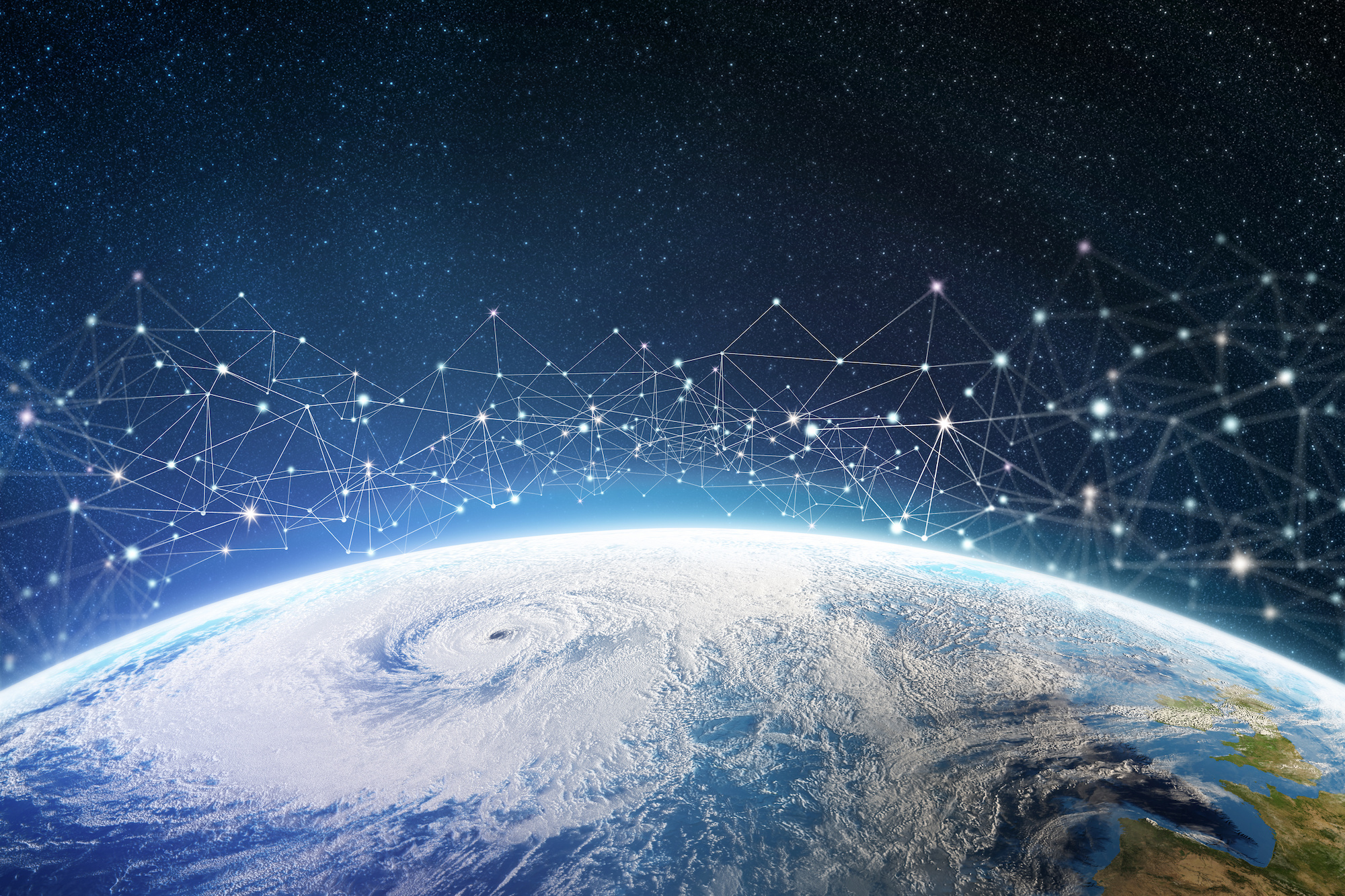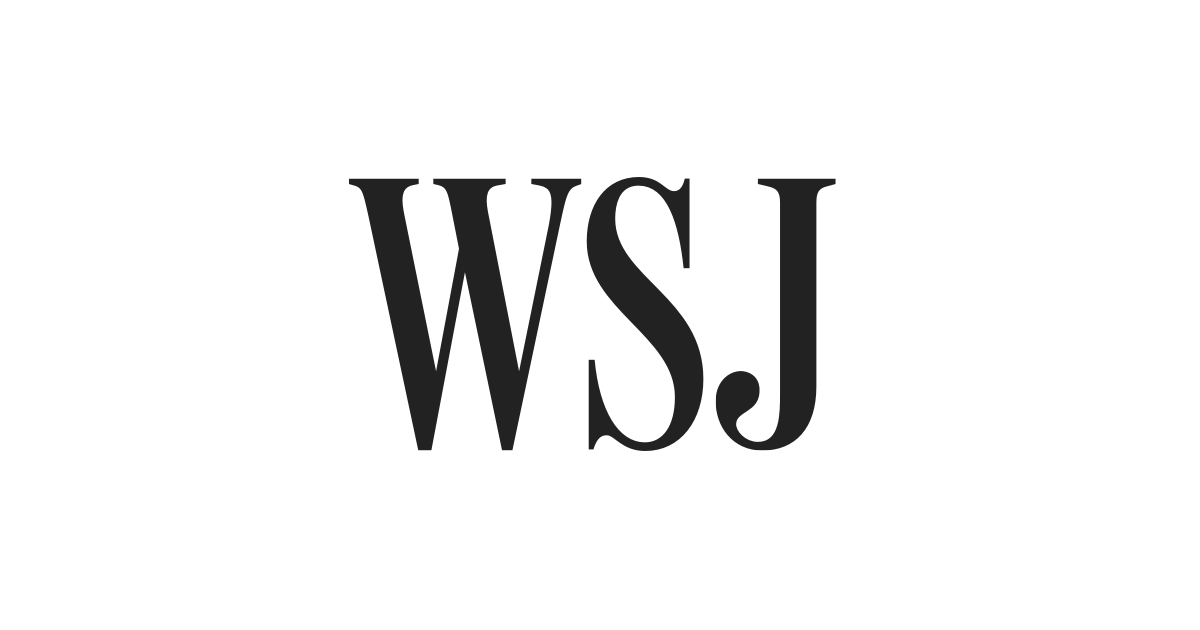
About Me

I lead the Climate Analytics Lab (CAL) at UC San Diego, which investigates how aerosols interact with clouds and how these processes are represented in global climate models. Our work combines theory, observations, and machine learning to better constrain and improve these models. CAL develops AI-based methods to integrate diverse satellite and aircraft observations and reduce uncertainty in aerosol–cloud interactions.
I also lead the GAIA Initiative at UCSD, and co-convene the “AI and Climate Science” discovery series focused on advancing the use of artificial intelligence for Earth and ocean science more broadly. My research is supported by an NSF CAREER award, a Google Academic Research Award, and DARPA.
Publications
In the News
This article nicely describes the counter-intuitive effect that aerosol have on the climate, and in particular their importance for reducing uncertainty in future warming as revealed in our Nature Climate Change paper.
This article in The Conversation describes the need for urgent reductions in fossil fuel burning in light of the larger than expected cooling effect of aerosol on the climate, as highlighted in our recent work on detecting ship-tracks.
This article from the Wall Street Journal explores the role of Amazon, Microsoft and Google in meeting the need for cloud-scale computing to tackle some of the largest climate research problems we face. It highlights my work on detecting ship-tracks in vast quantities satellite imagery using Machine Learning on Amazon Web Services.
In this podcast Philip Stier and I discuss the use of cloud computing for tackling some of the most pressing climate change questions, including for hosting large machine learning workflows such as the detection of pockets of open cells. This was also featured in a blog post by Amazon CTO Werner Vogels.
This article in Science magazine highlights our work using neural architecture search to develop fast, flexible emulators that are applicable to a wide range of physical simulators. These emulators are often orders of magnitude faster than the simulators they replicate and can allow solving inverse problems - that is, determining model inputs based on matching observable outputs.




